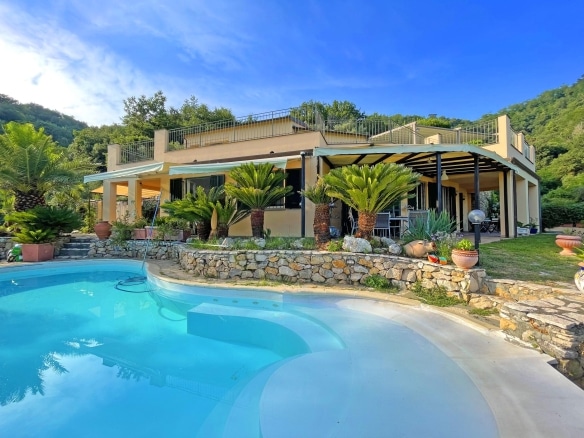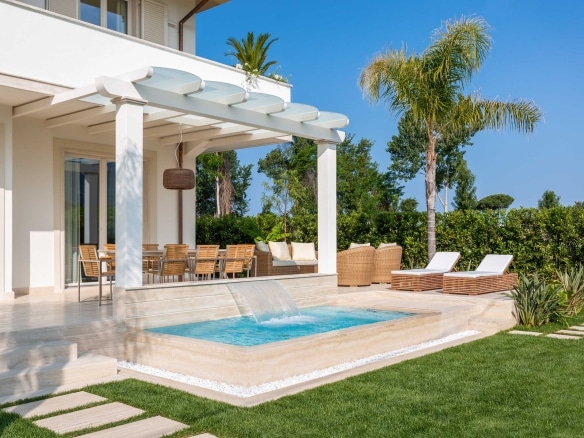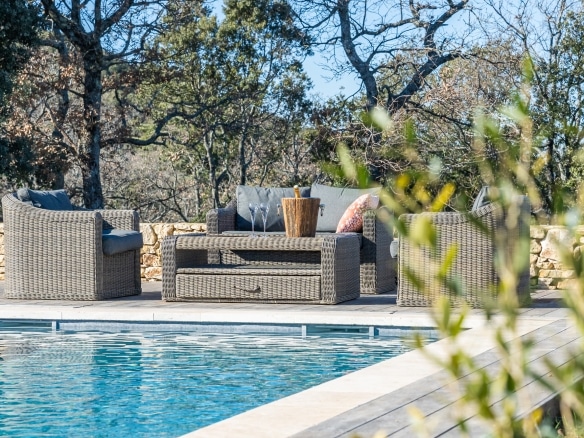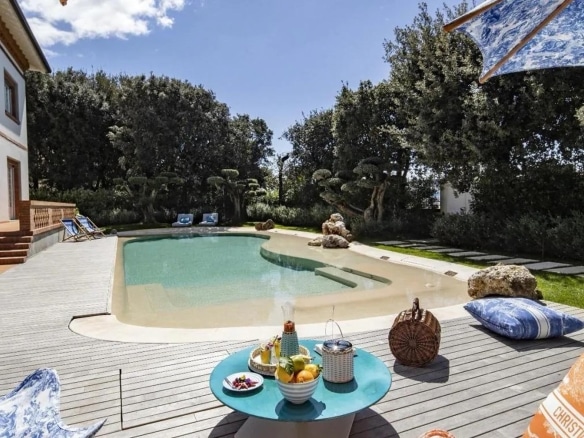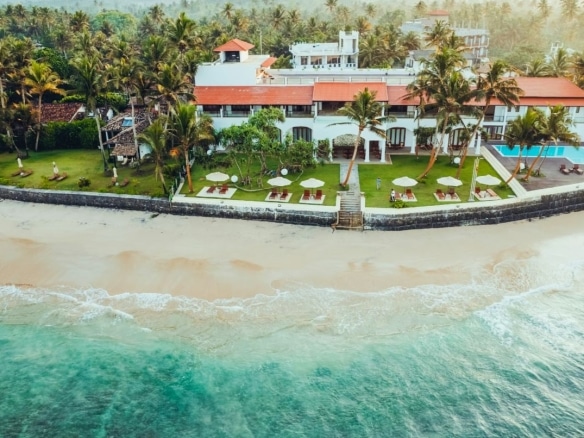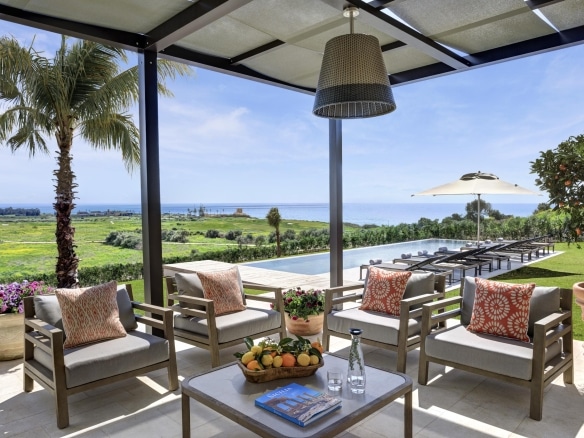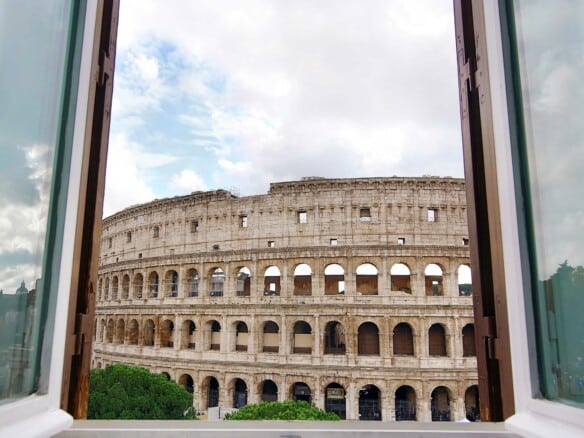



nicaragua
Nicaragua is the largest country in Central America. It borders Honduras to the north, Costa Rica to the south, the Caribbean Sea to the east and the Pacific Ocean to the west. Known as the “Land of Lakes and Volcanoes”, the landscape of Nicaragua is dotted with volcanoes and various waterways including lakes, lagoons and rivers. The main rivers are the San Juan which extends to Costa Rica and the Rio Grande.
Geographically, Nicaragua can be divided into three major zones: the Pacific lowlands, the central highlands and the Caribbean lowlands. Central America’s largest freshwater lakes, Lago de Managua and Lago de Nicaragua are located in the Pacific lowlands. Despite being relatively flat, there is a line of partially active volcanoes that run through this zone.
The central highlands are cooler than the Pacific lowlands and have points that span 900-1,809 metres (2,953-5935 ft) in height. The western slopes of the highlands are dry and are popular farming areas while the eastern slopes are some of the wettest places in the world. The Caribbean lowlands are hot, humid and tropical. The largest of Nicaragua’s three geographical zones, these lowlands make up more than 50% of the country.
Total Area: 30,370 square km2
Capital: Managua
Country Code: +505
Country Population: 6,200,000
Credit Cards: All major credit cards accepted: American Express, Visa, Master Card and Diners Club. Credit cards are accepted at most hotels and restaurants except the very inexpensive ones. Credit cards cannot be used for taxis or at most attractions (museums, parks, etc).
Currency: Cordoba. U.S. dollars are widely accepted in Nicaragua and can be used to pay for taxis, hotels, restaurants, and stores. However, do keep some Cordobas on hand just in case.
Departure Tax: When leaving Nicaragua, you must pay a C700 airport tax, which must be paid in cash in either U.S. dollars or Nicaraguan Cordobas. this is sometimes included in the price of your airline ticket. There is also a tourist entry fee of C100 that must be paid upon arrival into the country.
Drives: Right
Electricity: 220 V
Ethnic Groups: 110 volts, 60 Hz, the same as the United States and Canada. However, three-prong grounded outlets are not universally available. It is helpful to bring a three-to-two-prong adapter.
Location: Nicaragua is sandwiched between Honduras to the north and Costa Rica to the south in Central America
Official Language(s): Spanish
Religion: Roman Catholic (73%), Protestant and others (27%)
Time Zone: 7 hours behind GMT
Tipping: A 10% tip is expected at cafes and restaurants. This is often added to the bill automatically even though the waiter/waitress may never see it. If you are worried your tip is not getting into the right hands, give a little extra to the waiter directly. You are not obliged to pay the automatic tip if the service was bad.
CHOOSE YOUR VILLA IN NICARAGUA
VILLA MARELUNA
- Start from €440.00/Daily
- Beds: 3
- Baths: 2
- 150 m²
- ID: 12
VILLA MARMORI
- Start from €20,000.00/Weekly
- Beds: 4
- Baths: 3
- 150 m²
- ID: 062
VILLA OF CEDARS
- Start from €16,000.00/Weekly
- Beds: 6
- Baths: 6
- 300 m²
- ID: 120
VILLA ROMA IMPERIALE
- Beds: 6
- Baths: 6
- 321 m²
- ID: 076
APARTMENT SABINO
- Start from €2,252.00/Daily
- Beds: 2
- Baths: 3
- 126 m²
- ID: 341
VILLA MANJARI
- From €5,530.00/Daily
- Beds: 17
- Baths: 5
VILLA RADOSA
- €7,605.00/Daily
- Beds: 4
- Baths: 6
- 300 m²
- ID: 345
APARTMENT TITO
- POA
- Beds: 2/3
- Baths: 3
- 165 m²
- ID: 342
APARTMENT ROMOLO
- POA
- Beds: 2
- Baths: 3
- 126 m²
- ID: 341

